Sunflower Seeds - Wild

Flower Specifications
Approximate seeds per pound: 59,000
Season: Annual
USDA Zones: 3 - 10
Height: 108 inches
Bloom Season: Summer to fall
Bloom Color: Yellow
Environment: Full sun
Soil Type: Moist, fertile, pH 5.5 - 7.5
Deer Resistant: No
Latin Name: Helianthus Annuus
Planting Directions
Temperature: 69 - 75F
Average Germ Time: 10 - 15 days on non-dormant seed
Light Required: No
Depth: 1/2 inch
Sowing Rate: 8 ounces per 1,000 square feet or 22 pounds per acre
Moisture: Keep seed slightly moist but not wet
Plant Spacing: 24 inches
Care & Maintenance: Sunflower
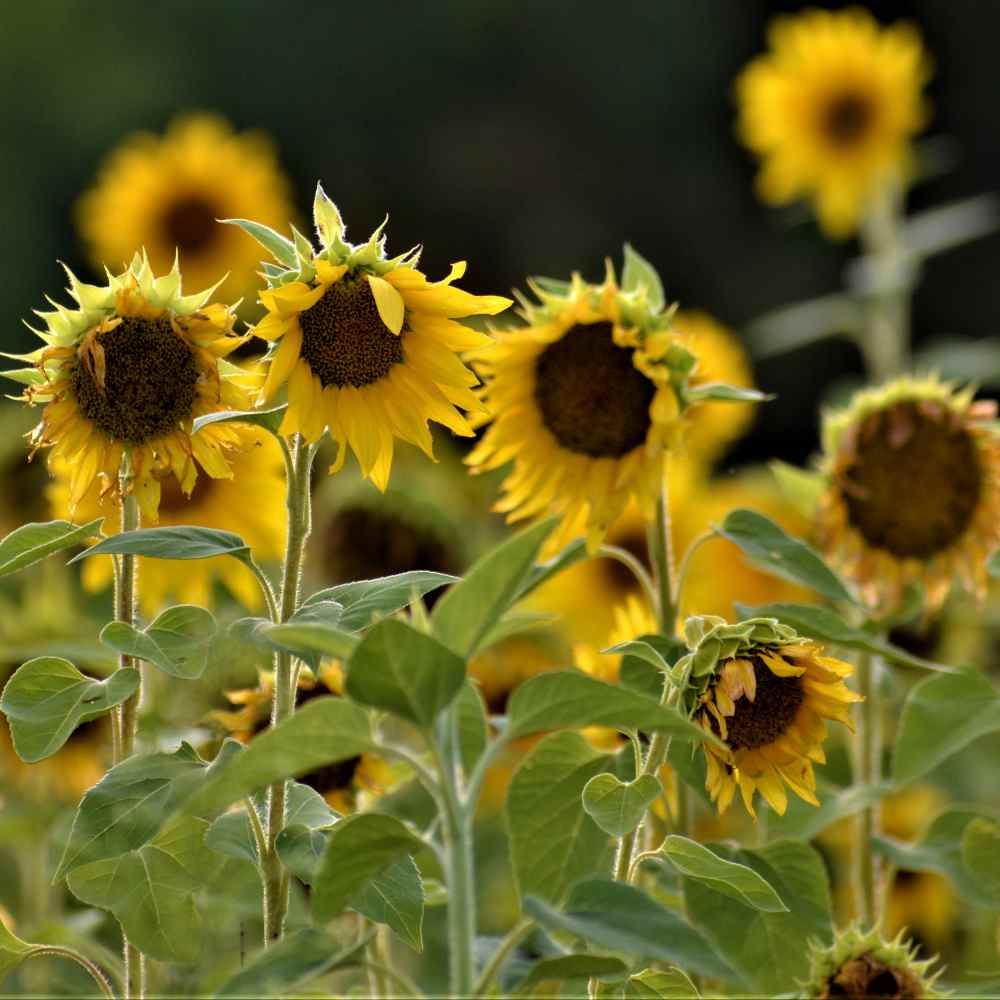
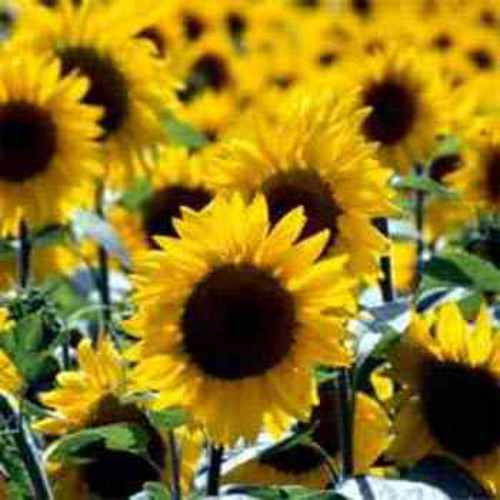
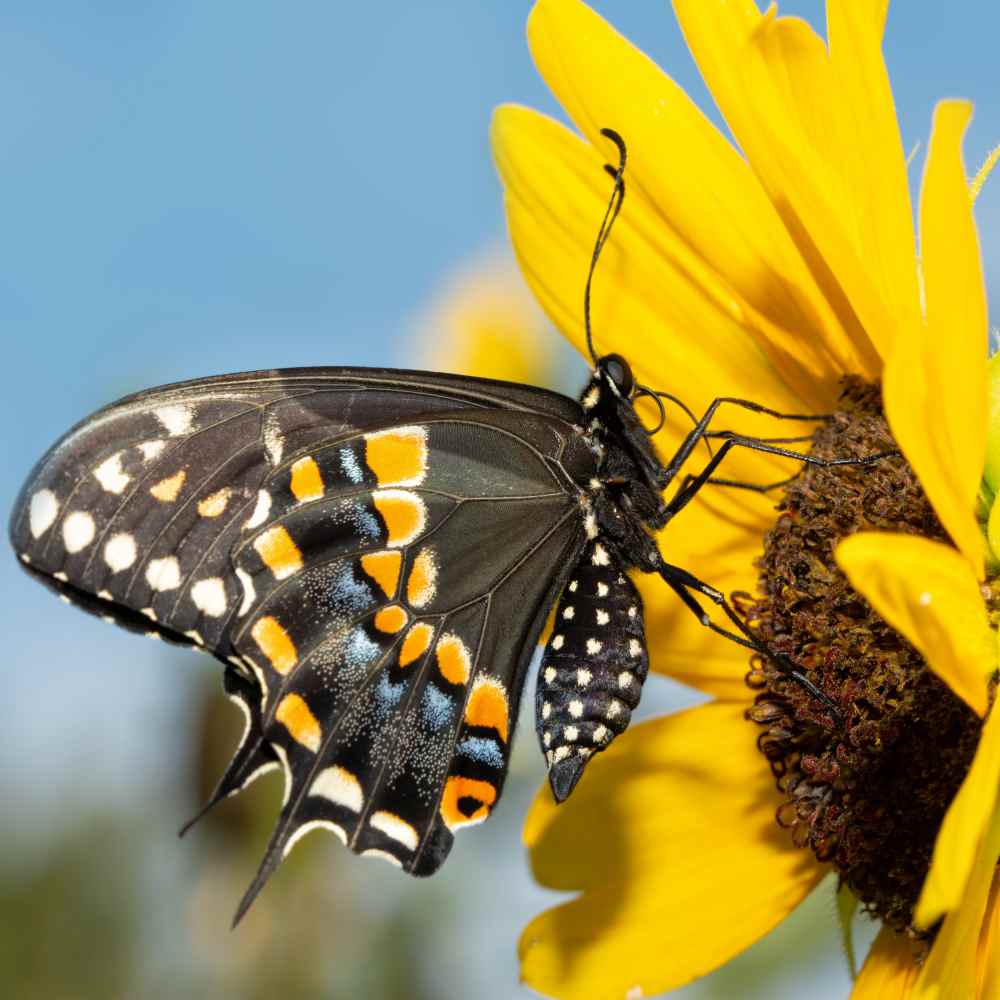
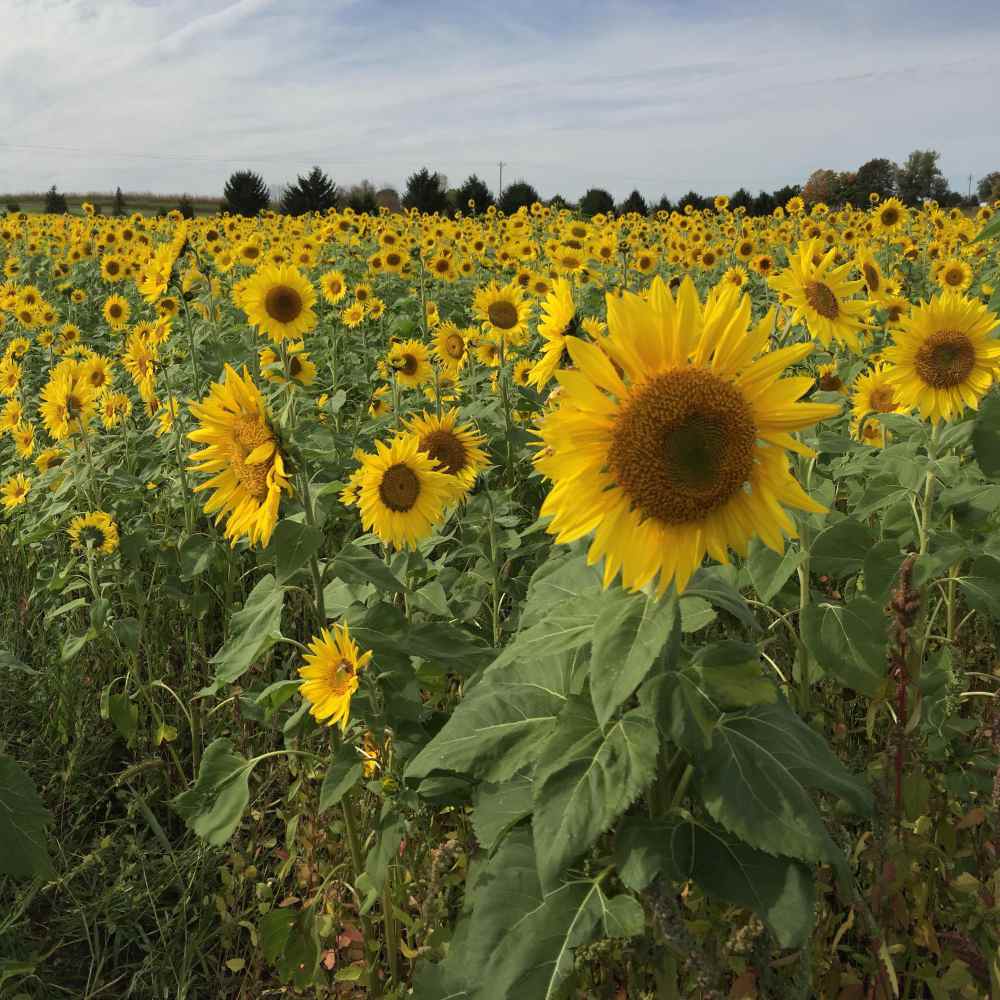
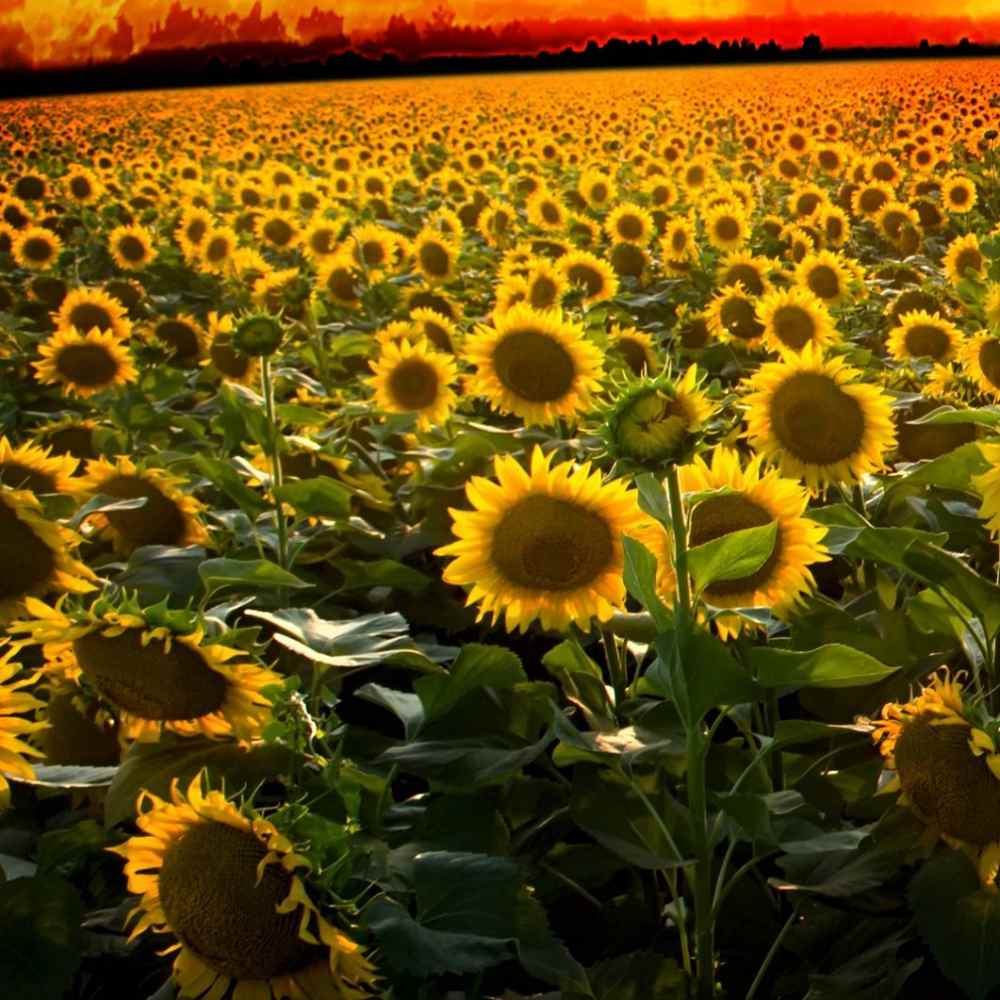
Wild Sunflower (Helianthus Annuus) - Imagine a meadow filled with wild Sunflowers! These giant annuals produce numerous 3 - 6 inch flower heads on branching stems. They are native to dry plains, prairies, meadows and foothills in the western United States, Canada and northern Mexico. The plants are coarse, hairy, leafy, and fast-growing and typically grow to 36 - 108 inches tall with stiff branching, upright stalks. The species is commonly seen growing along roads, fences, fields and in waste areas west of the Mississippi River and is the state flower of Kansas. The flower heads have orange-yellow petals and brown to purple center disks. Planting wild Sunflower seeds will create a lovely naturalized setting.
Grow wild Helianthus in a sunny location in somewhat fertile well-drained soil. Keep soil weed free and moderately moist while plants are young. Once established, the plants are somewhat drought and heat tolerant. They will flower mid-summer through fall. Birds are attracted to the seeds.
36 - 108 inches tall!
Wild Sunflowers are extremely easy to grow and attracts butterflies and hummingbirds to the garden all season long. A staple in any garden or field(great for mass plantings)
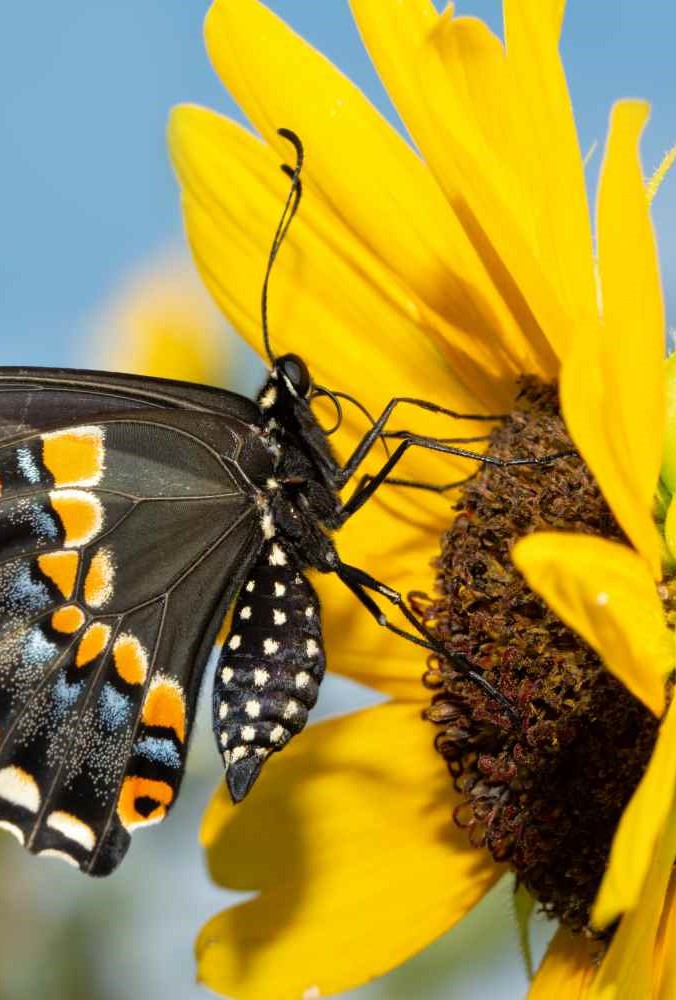
Sunflower seeds | wild
How to grow
Wild Sunflower seeds require a cold treatment. First, Sow seed in a moisten soil-less growing medium like peat moss, then enclose in plastic bag or small container and place in refrigerator for a 20-60 days. After danger of frost has passed and the cold treatment is over, directly sow wild Sunflower seeds into prepared seed beds that are weed free and the soil has been loosened. Broadcast the flower seeds and cover with 1/2 inch of soil. Sunflower Care: It is important not to over water the flowers. Too much water may result in soil loosening and losing stability to hold the large plants.
NOTE: Wild Sunflower seed has a higher percentage of hard seed. It is important to understand that there will be a delayed dormancy on a portion of the seed when planted.
- Average Germ Time: 10 - 15 days on non-dormant seed
- Moisture: Keep seed slightly moist but not wet
- Temperature: 69 - 75F
- Depth: 1/2 inch
- Plant Spacing: 24 inche

Flower Specifications
Rather than long, sturdy stalks with a single large flower head on top, wild sunflowers follow a branching pattern. Several flower heads branch off a stalk, and stalks branch off a center stem. Flowers are 2 to 3 inches wide, with small seeds. However, wild sunflowers commonly have a bold yellow color just like many domesticated varieties.
- Attracts butterflies
- Attracts hummingbirds
- Season: Annual
- USDA Zones: 3 - 10

Harvesting sunflower seeds
At harvest time, grasp the stem about six to eight inches below the flower head, and cut through the stem with a sharp knife or a pair of pruners. Allow to dry 2-4 days in a location safe from birds and squirrels
Growing sunflowers is easy, but knowing when to harvest the seeds requires a little bit of knowledge. If you harvest too soon, you will have plenty of seeds but small kernels inside. If you wait too long, however, they may dry out or simply eaten by birds.
Seeds are ready to harvest if:
- Seeds are hard and developed
- Flower petals begin to dry out and fall off
- Back of the flower head turns yellowish-brown
- You notice birds eating off the flower































